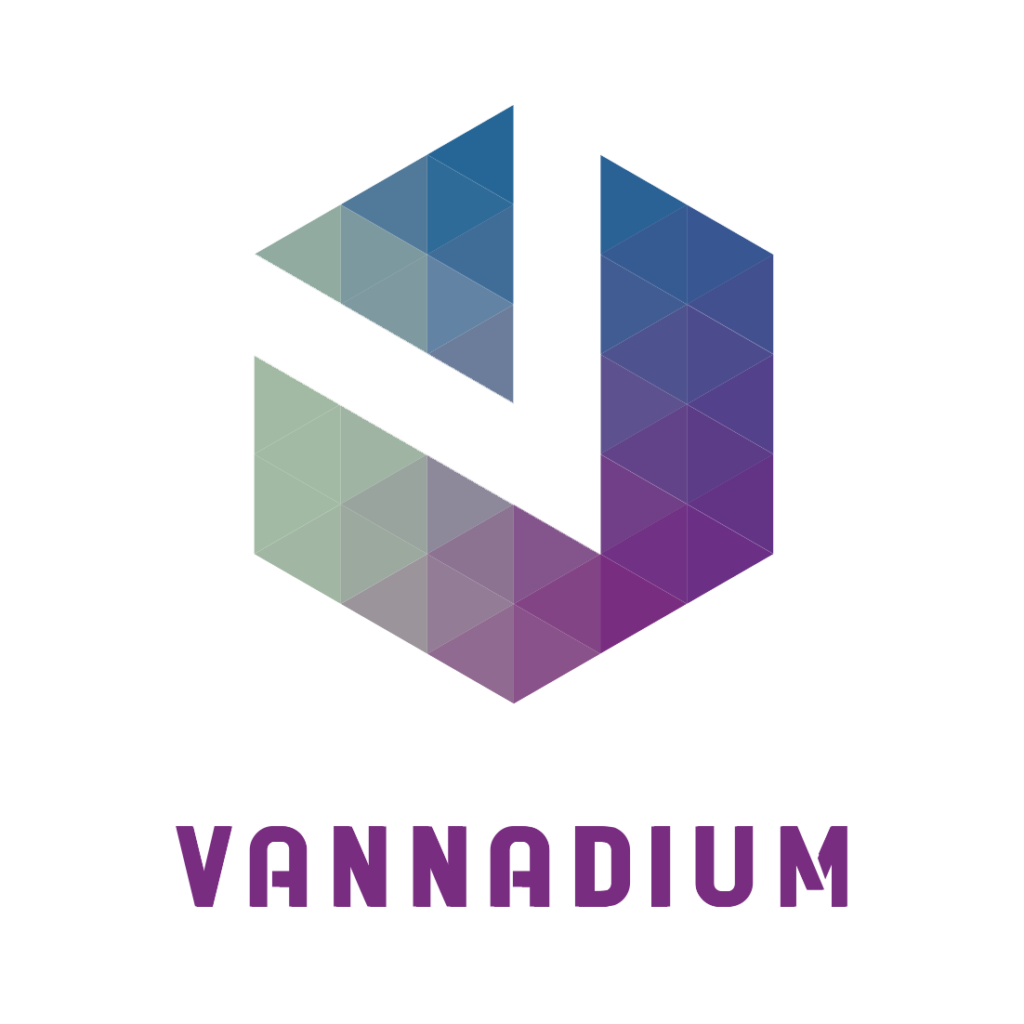FAQ's

Vannadium
Frequently Asked Questions
Your comprehensive guide to understanding the ins and outs of our cutting-edge technology and software solutions.
At Vannadium, we are driven by the belief that Web3 and blockchain technology holds the key to unlocking a new era of transparency, efficiency, and trust across multiple industries.
In this FAQ, we will delve into the core components of our platform, from our pioneering distributed ledger technology (DLT), which ensures tamper-proof and verifiable records, to the secure and user-friendly digital currency wallet – the Vault.
Join us as we explore the intricacies of our decentralized applications, smart contracts, and token economy, all designed to empower industries, protect digital assets, and build a sustainable future together.
Relax and leave your web3 concerns to us.
Zooming Out
What is Web 3.0?
Web 3.0 refers to the next generation of the internet, characterized by a decentralized, peer-to-peer network where users have more control over their data and interactions. It aims to create a more open, secure, and user-centric online environment.
- Decentralization
- Blockchain Technology Integration
- Smart Contracts
- Tokenization of Assets
- User Privacy & Control of Data
- App & Platform Interoperability

How does Web 3.0 differ from Web 2.0?
Web 2.0 is the current phase of the internet, characterized by centralized platforms where users consume content and interact with each other. Web 3.0, on the other hand, emphasizes decentralization, interoperability, and user ownership of data and assets.
Web 2.0
- Open source is hard to monetize.
- Web2's business model depended on building proprietary, closed protocols on top of the internet's open ones.
- Several of these companies are now most valuable in history, and while we use them for free, we have to place trust in models that sell user data and opaque code.
Web 3.0
- Open source protocols but collectively owned through cryptoeconomics.
- Independent of traditional organizations, code executed as written.
- Values open source software, user ownership of data, and permissionless access.
- Created a shared sense of identity and collaboration.
How does Blockchain Technology work?
Blockchain is a distributed ledger technology that records transactions across multiple computers in a secure and transparent manner. Transactions are grouped into blocks, which are linked chronologically, forming a chain of blocks. This chain is immutable, ensuring data integrity and security.
What is Cryptocurrency?
Cryptocurrency is a digital or virtual currency that uses cryptography for security. It operates independently of any central authority, such as a government or financial institution, and is typically decentralized and based on blockchain technology.
What are the most popular cryptocurrencies?
Currently, the most popular cryptocurrencies are Bitcoin (BTC) and Ethereum (ETH).
However, the cryptocurrency landscape is dynamic, and new coins and tokens are subject to gaining popularity at any time.
What is the difference between Bitcoin and Ethereum?
Bitcoin is primarily a digital currency and a store of value, while Ethereum is a blockchain platform that enables the creation of smart contracts and decentralized applications (dApps) in addition to its native cryptocurrency, Ether (ETH).
What is a Smart Contract?
A smart contract is a self-executing contract with the terms of the agreement directly written into code. It automatically executes when predefined conditions are met, without the need for intermediaries.
How are Smart Contracts used in Blockchain Applications?
Smart contracts are used to automate and facilitate various processes, such as financial transactions, supply chain management, and decentralized applications (dApps).
What are the advantages of using Blockchain in different industries?
Blockchain offers benefits like transparency, security, immutability, traceability, reduced fraud, and increased efficiency, making it applicable to industries like finance, healthcare, supply chain, voting, and more.
Can blockchain be used for Social Impact and Charitable Purposes?
Yes, blockchain has been used for various social impact initiatives, such as transparent charity donations, identity solutions for refugees, and tracking the provenance of fair-trade products.
How does Blockchain ensure Security and Immutability of Data?
Blockchain achieves security through cryptographic hashing, consensus mechanisms, and decentralization. Immutability is ensured by appending new data to the end of the chain, making it extremely difficult to alter past records.
How can Blockchain be used for Supply Chain Management?
Blockchain can provide end-to-end traceability in supply chains, helping to verify the origin and authenticity of products, prevent counterfeiting, and improve efficiency by reducing paperwork and manual processes.
How is Blockchain used in Identity Management and Digital Voting?
Blockchain can provide secure and tamper-resistant identity management systems, allowing individuals to have more control over their personal data. In digital voting, it can help ensure transparency and prevent fraudulent activities.
How is energy consumption related to blockchain mining?
Proof of Work mining, used by some blockchains, requires significant computational power and energy consumption. This has led to discussions about its environmental impact, prompting exploration of more energy-efficient alternatives like Proof of Stake.
What is a consensus mechanism in blockchain?
Consensus mechanisms are protocols used to achieve agreement on the state of the blockchain. Examples include Proof of Work (PoW) used in Bitcoin and Proof of Stake (PoS) used in Ethereum 2.0.
What are the scalability challenges of blockchain technology?
Scalability is a challenge for blockchain due to its consensus mechanisms and the need for all nodes to process each transaction. Solutions like sharding and layer-two protocols aim to address these challenges.
What are the regulatory challenges and considerations for blockchain adoption?
Blockchain adoption faces regulatory challenges related to data privacy, securities regulations for token offerings, anti-money laundering (AML) compliance, and the legal recognition of smart contracts. Governments are working to develop appropriate frameworks for this technology.

Bringing It All Together
Community Empowerment
Web3, with decentralization, blockchain integration, smart contracts, asset tokenization, privacy, data control, and interoperability, empowers communities by fostering transparency, direct interactions, trust, and accountability. Fair agreements, democratized asset access, user privacy, and seamless collaboration become accessible, enabling informed decisions and shaping an equitable and sustainable future.
Welcome to the community-driven power of Vannadium and Web3.
Links
Get informed.
© All Copyright 2024 by Vannadium, Inc.


